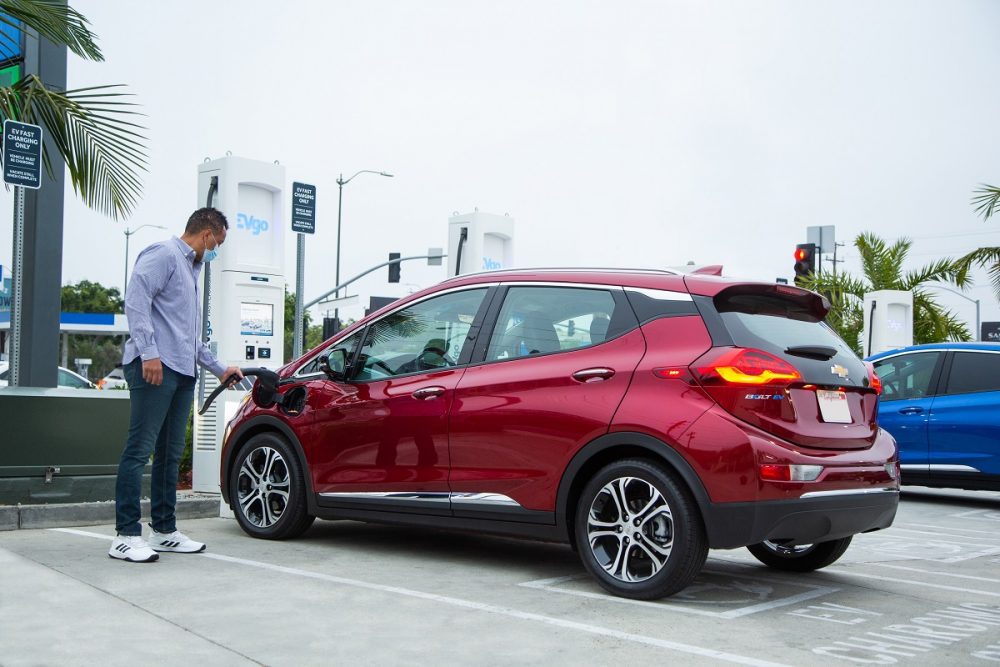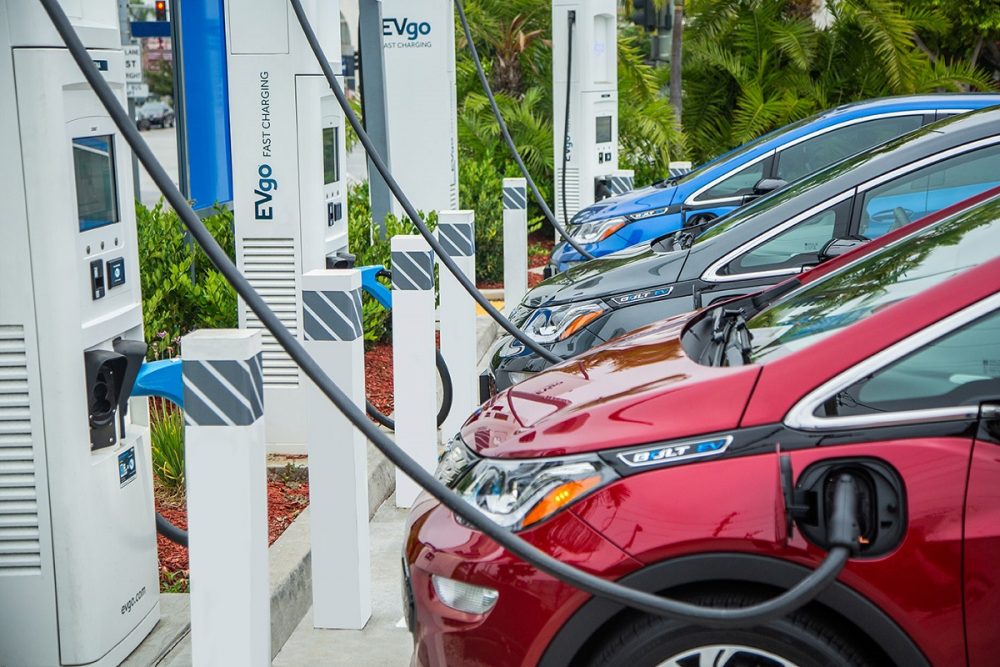
Getting more people to buy electric vehicles means increasing the number of charging stations — especially for people who don’t live where they can use a home charger. In recognition of this fact, General Motors is joining EVgo to install 2,700 new EV fast chargers in cities and suburbs across the U.S.
Buy or Lease? A guide to financing your next vehicle
Over the next five years, this project will dramatically expand the number of public fast-charging stations in the EVgo network. These stations will be installed at easy-to-find urban and suburban destinations like retail and grocery stores, restaurants, entertainment centers, and other places people go to congregate or run errands.
This will make charging much faster and easier for people who live in heavily populated areas but don’t have easy access to overnight or all-day charging — especially residents who don’t have workplace charging and renters who can’t install an overnight charging unit at their houses or apartments.
Auto Loan Basics: Learn how your credit score affects your financing options

The stakes are high for GM. The automaker is in the midst of a major EV push that includes at least 12 planned new models and the promise of even more by 2023.
“We are moving quickly to bring new EVs to market that customers will love,” said GM Chairman and CEO Mary Barra. “We know how important the charging ecosystem is for drivers, one that includes access to convenient and reliable public fast charging. Our relationship with EVgo will bolster the public fast charging network available to EV customers ahead of increased market demand and reinforce our commitment to an all-electric, zero-emissions future.”
The first examples of these new charging stations will be available early next year. They’ll be designed to charge up to four vehicles at the same time. Each one will run on 100 percent renewable energy, incorporating powerful new technology that provides a significant amount of charging over a period of just 15 to 30 minutes.
All this new charging infrastructure should help make EV ownership a reality for more potential car buyers — especially in major metropolitan areas where battery-powered vehicles make the most sense for everyday driving.
A longtime editor/writer and recently transplanted Hoosier, Caleb Cook lives in Xenia, Ohio. His favorite activities are reading and listening to music, although he occasionally emerges from the heap of books and vinyl records in his basement to stand blinking in the sunlight. Once fully acclimated to the outside world again, he can be observed hanging out with his wife, attempting a new recipe in the kitchen, attending movies, walking the dog, or wandering into a local brewery to inquire about what’s on tap. See more articles by Caleb.



